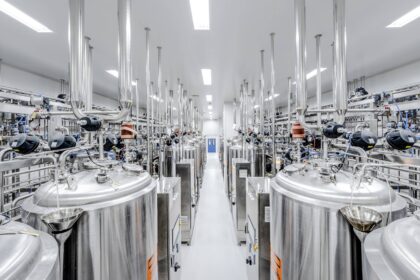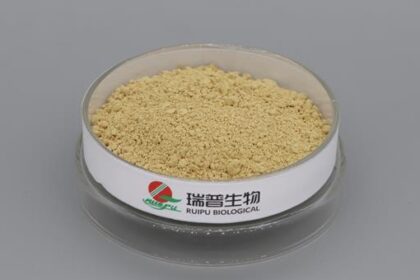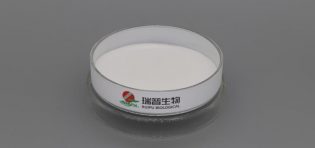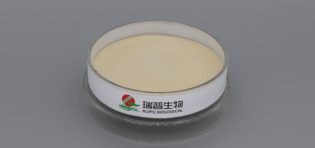Choosing the purity of ferrous fumarate involves considering the intended use of the compound and the specific requirements of the pharmaceutical product. Here are some factors to consider when selecting the purity of ferrous fumarate:
Regulatory Standards: Different regulatory authorities may have specific purity requirements for ferrous fumarate used in pharmaceutical products. It is essential to consult the guidelines and regulations provided by the relevant authorities, such as the United States Pharmacopeia (USP), European Pharmacopoeia (Ph. Eur.), or other applicable standards.
Desired Therapeutic Effect: The purity of ferrous fumarate can impact its efficacy and safety. Depending on the intended use, it may be necessary to choose a specific purity level to ensure the desired therapeutic effect. For example, if the ferrous fumarate is intended for use as an iron supplement, a higher purity may be preferred to ensure accurate and consistent dosing.
Impurity Profile: Ferrous fumarate should be evaluated for impurities that may be present. The impurity profile can vary based on the manufacturing process and raw materials used. Analytical testing methods, such as chromatography or spectroscopy, can be employed to assess the impurity profile and identify any potential contaminants or degradation products. The acceptable levels of impurities should be determined based on regulatory requirements and safety considerations.
Stability Considerations: The purity of ferrous fumarate can influence its stability over time. It is important to assess the stability of the compound under different storage conditions and determine the purity level that ensures the desired shelf life and maintains the integrity of the pharmaceutical product.
Manufacturing Constraints: The cost and feasibility of achieving higher purity levels should also be considered. Sometimes, achieving higher purity may involve more complex manufacturing processes or the use of additional purification steps, which can impact the overall production cost. The cost-benefit analysis should be conducted to determine the appropriate level of purity while considering manufacturing constraints.
We choose the purity of ferrous fumarate involves understanding regulatory requirements, considering the desired therapeutic effect, evaluating the impurity profile, assessing stability considerations, and considering manufacturing constraints.









